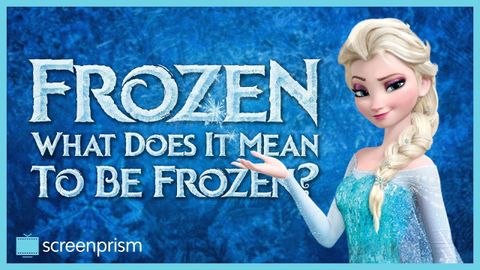
字幕與單字
Frozen 是什麼?(Disney's Frozen: What Does It Mean to Be "Frozen?")
00
Mina 發佈於 2021 年 08 月 14 日收藏
影片單字
anxiety
US /æŋˈzaɪɪti/
・
UK /æŋ'zaɪətɪ/
- n. (u.)焦慮 ; 掛慮 ; 不安 ; 渴望 ; 熱望 ; 焦慮渴望 ; 焦急 ; 擔憂 ; 慮 ; 悒
B1 中級中級英檢
更多 使用能量
解鎖所有單字
解鎖發音、解釋及篩選功能

US /æŋˈzaɪɪti/
・
UK /æŋ'zaɪətɪ/